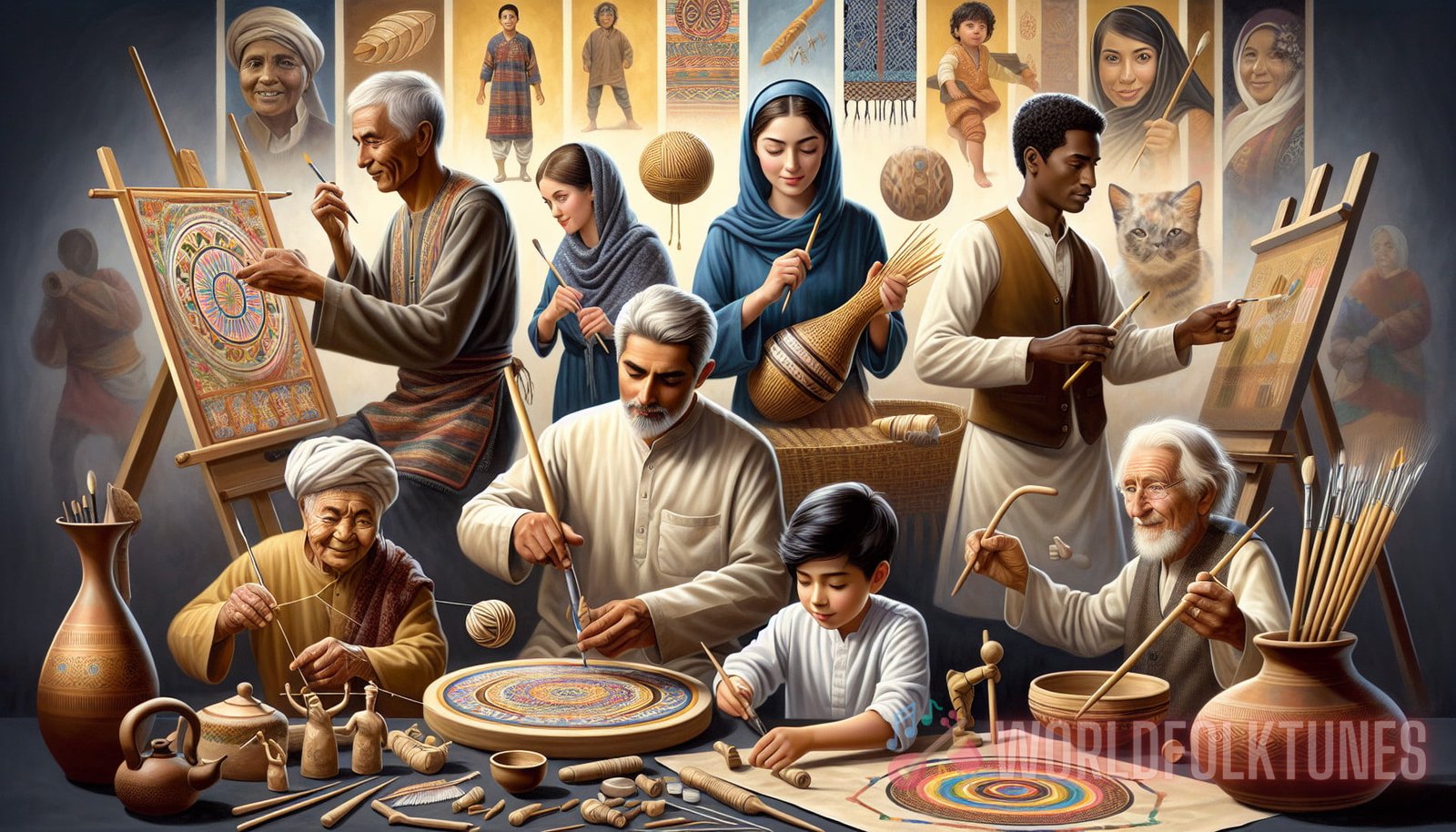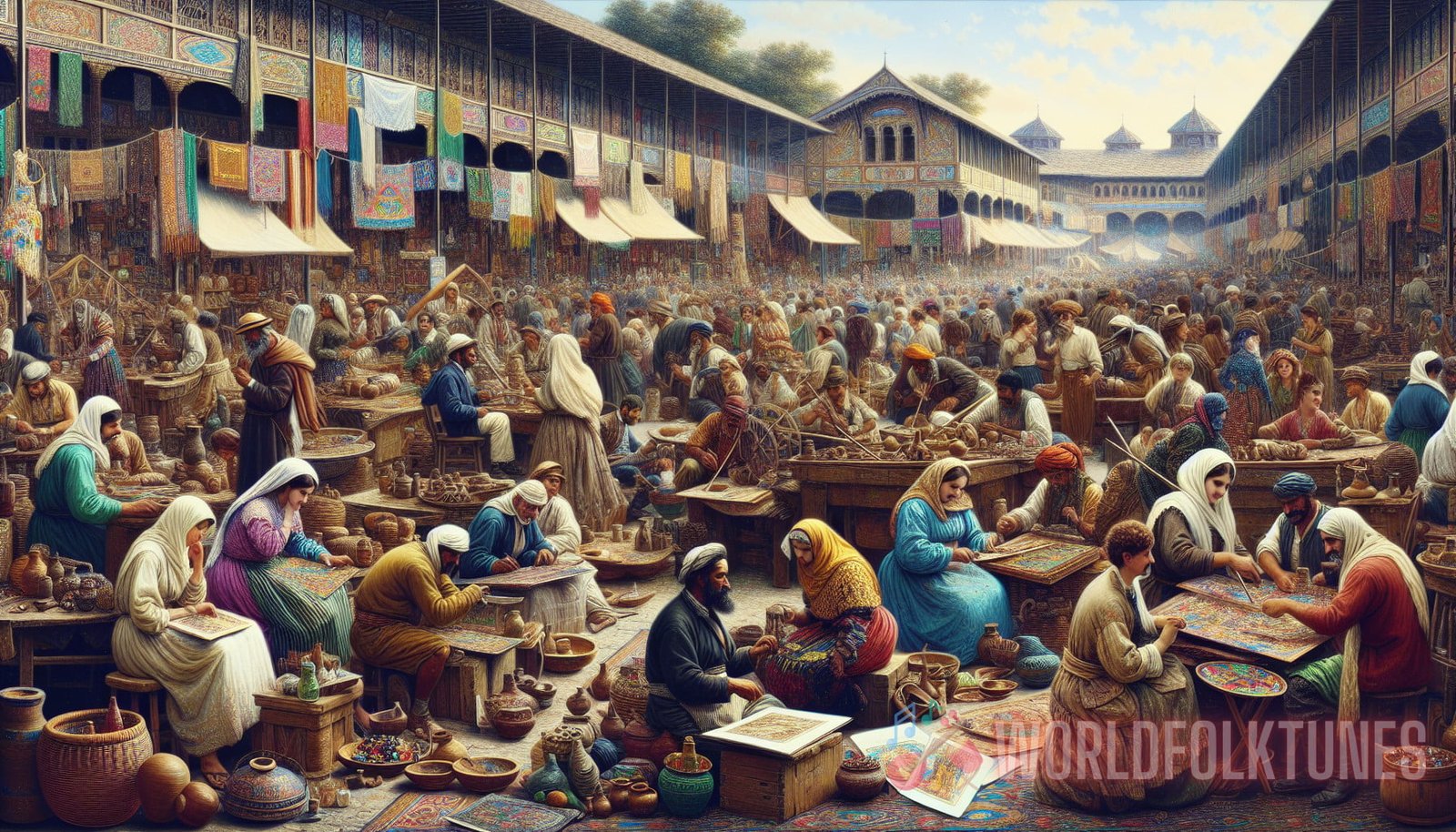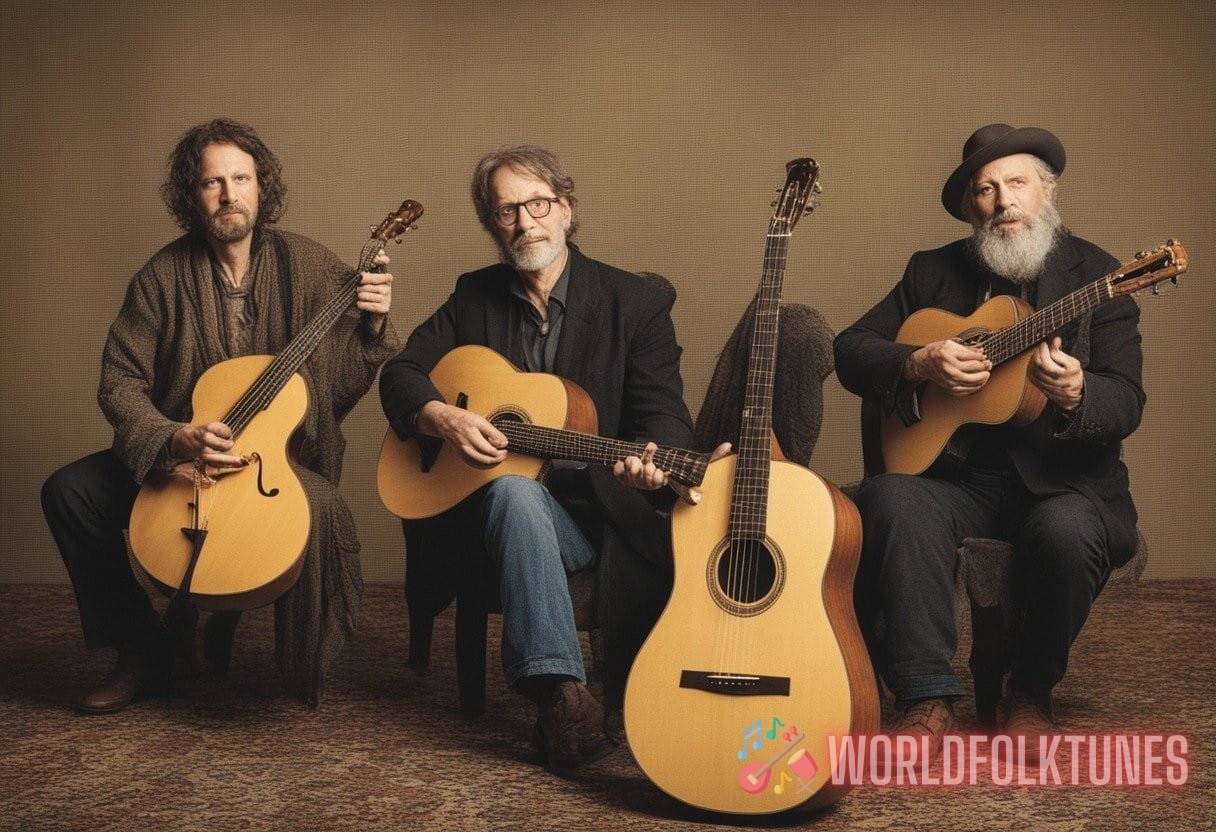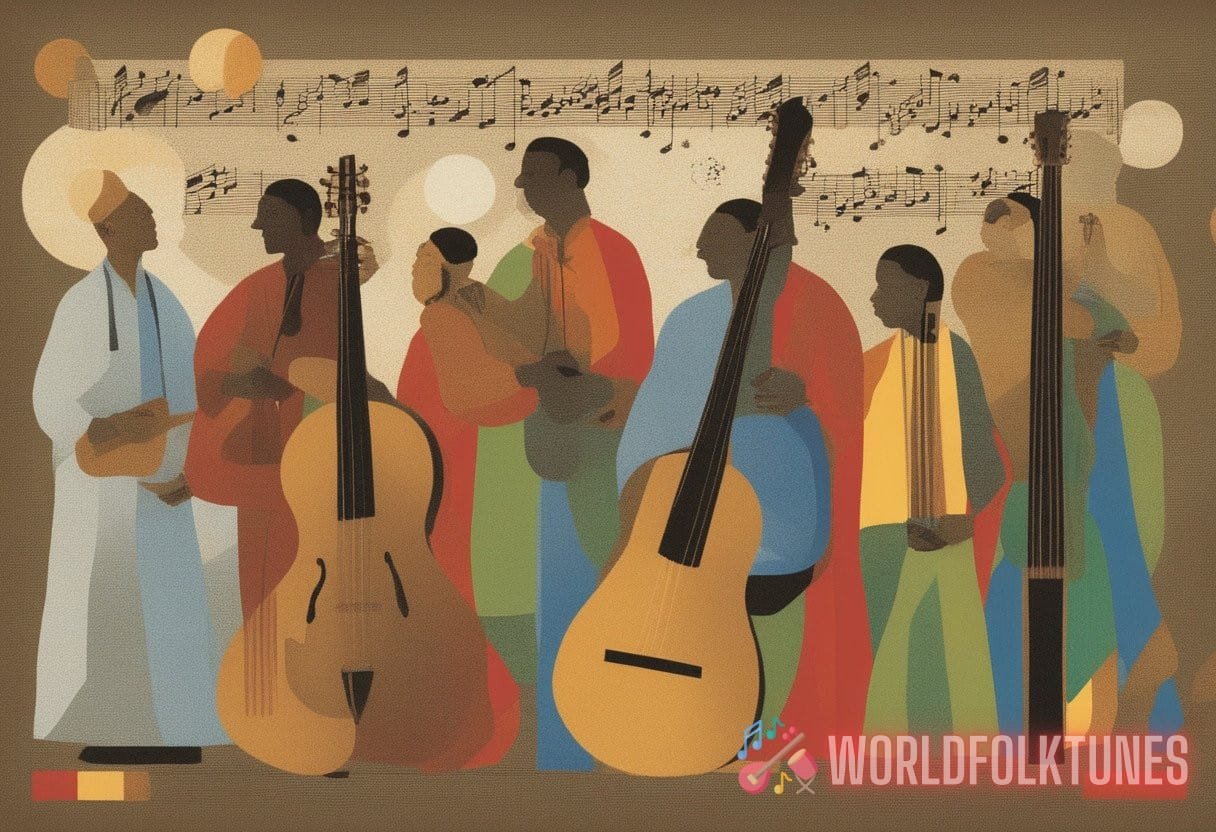Folk Artists Journey: Exploring the Enduring Essence of Resilience
Folk art has long been a medium for cultural expression, storytelling, and community connection. Through generations, folk artists have played a crucial role in preserving and passing down traditional artistic practices, embodying the resilience and spirit of their communities. The journey of folk artists is a testament to their ability to adapt, evolve, and withstand the test of time.
A Brief History of Folk Art
The origins of folk art can be traced back to ancient civilizations, where artisans created objects with functional and decorative purposes. Over time, folk art developed into a distinct artistic genre that reflected the unique cultural identities of different regions around the world.
During the Middle Ages, the church played a significant role in shaping folk art. Artists, often from humble backgrounds, created religious paintings, sculptures, and carvings to decorate churches and religious spaces. These artworks were imbued with symbolism and spiritual meaning, capturing the essence of faith and devotion.
In the 18th and 19th centuries, with the rise of industrialization, folk art underwent a transformation. As mass-produced goods became more accessible, the demand for traditional handmade crafts declined. However, this period also saw a growing appreciation for folk art as a reflection of cultural heritage and a nostalgic longing for a simpler way of life.
Today, folk art encompasses a wide range of artistic practices, including painting, sculpture, pottery, woodwork, lace-making, textiles, and more. While it retains its traditional roots, folk art has also evolved to incorporate contemporary themes and materials, reflecting the ever-changing world in which folk artists live.
The Spirit of Resilience: Folk Artists’ Adaptation to Modern Times
Folk artists have always been masters of adaptation, seamlessly merging tradition with innovation. They have faced numerous challenges throughout history and, despite these obstacles, have managed to persist and thrive. Their resilience lies in their ability to embrace change while preserving the essence of their craft.
Preservation and Revitalization of Traditional Techniques
As societies modernize and traditional art practices risk being forgotten, folk artists take on the role of custodians, ensuring that ancient techniques and skills continue to be passed down to future generations. Through apprenticeships, workshops, and community initiatives, these artists preserve the knowledge and expertise of their ancestors.
Internal link: To learn more about the revival of traditional storytelling in contemporary folk music, check out this article.

Folk artists recognize the importance of teaching younger generations the intricate process of creating their art. They impart not only technical skills but also the cultural significance and historical context of their work. By doing so, they foster a sense of pride and connection to their heritage, ensuring that traditional folk art continues to endure.
Integration of Contemporary Themes and Materials
While preserving traditional techniques is crucial, folk artists also understand the need for evolution. They embrace contemporary themes and materials, infusing their work with new life and relevance.
Internal link: Discover the guide to revitalizing ancient melodies in modern folk music here.
For example, folk painters may incorporate current social or environmental issues into their artwork, creating powerful statements that resonate with a broader audience. Woodworkers may experiment with new tools and machinery to enhance their craftsmanship while still honoring traditional designs.
This fusion of tradition and innovation allows folk artists to reach new audiences, bridging the gap between the past and the present. It showcases the resilience of these artists, demonstrating their ability to adapt their craft to suit the changing times.
Folk Artists as Cultural Ambassadors
Folk artists play a significant role in preserving and promoting cultural heritage. They act as cultural ambassadors, carrying the traditions and stories of their communities far and wide.
Through their artwork, folk artists communicate the values, beliefs, and experiences of their culture. They provide a window into the world and history of their community, often incorporating folktales, historical events, and personal narratives into their creations.
Many folk artists have gained international recognition for their ability to capture the essence of their cultural heritage. Their artwork has been exhibited in museums, galleries, and cultural centers worldwide, allowing others to experience the rich tapestry of folk traditions from different parts of the globe.
Moreover, folk artists often participate in cultural festivals, fairs, and workshops, where they engage with audiences and share their knowledge and skills. These events serve as platforms for cultural exchange, fostering an appreciation for diverse artistic traditions and promoting cross-cultural understanding.
The Future of Folk Art: Ensuring Continuity

Folk art is a vital part of our cultural heritage, and its survival relies on the support and recognition of both artists and the wider community. There are several ways in which we can ensure the continuity of folk art for future generations.
Supporting Folk Artists and Artisans
One of the most effective ways to preserve folk art is to support the artists themselves. By purchasing their artwork, attending their exhibitions, or commissioning custom pieces, we provide them with the means to continue their craft.
Local governments, cultural organizations, and educational institutions can also play a crucial role in supporting folk artists. They can provide grants, scholarships, and funding opportunities to help artists develop their skills, showcase their work, and enhance cultural preservation efforts.
Education and Cultural Exchange Programs
To ensure the continuity of folk art, it is essential to engage younger generations and foster an appreciation for cultural diversity. Educational programs can be developed to introduce students to various folk art forms, allowing them to learn and create under the guidance of experienced artisans.
Cultural exchange programs, both locally and internationally, can also enable folk artists to share their expertise and learn from their peers. These programs facilitate the transmission of knowledge and encourage collaboration, ensuring the longevity of folk art traditions.
Preservation and Documentation
Documentation is critical in preserving folk art traditions. Efforts should be made to record and archive the techniques, materials, and cultural significance associated with different forms of folk art.
Digitization of archives, oral history projects, and the creation of comprehensive catalogs can aid in the preservation of folk art practices. These resources become invaluable references for future generations, enabling them to continue the artistic legacy of their ancestors.
Conclusion
The journey of folk artists is one of resilience, adaptation, and cultural preservation. Through their craft, they are both guardians of tradition and trailblazers of innovation. It is through their enduring essence that we can appreciate the beauty and significance of folk art.
Folk artists have persevered through the ages, overcoming challenges and transforming their art to keep it relevant in the modern world. By supporting, educating, and preserving their work, we contribute to the continued legacy of folk art and its enduring impact on our cultural heritage.


